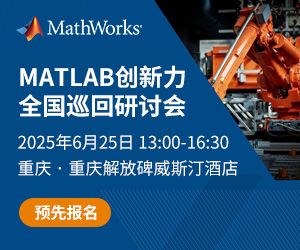In most process plants there are one or two operators that seem to drive the process better than others. Those operators consistently create the most output at the highest qualitywww.cechina.cn, and can manipulate those complex interactions that make up a process. Wouldn’t it be nice if you could have them running the plant all the time?
Companies that have implemented successful APC (advanced process Control) projects suggest they’ve done just that and even better. The new drivers for operation center around economic issues such as throughput levels, higher yields, lower energy costs, and generally better financial performance. How does APC operatewww.cechina.cn, and how does it deliver on such lofty promises in the real world?
Basic concepts
APC is a term that can include a range of methodologies, including model predictive control (MPC), fuzzy logicCONTROL ENGINEERING China版权所有, neural networks, and others. The common objective is to find a way to manage complex interactions within a process better than traditional regulatory control. Regulatory control works best when one variable and one actuator are related. However, often moving one actuator affects several variables at the same time. This is where traditional methods lose some effectiveness.
“There are systems that do not run on just regulatory control,” says Dr. Eduardo Gallestey, ABB global business manager for optimization solutions. “The most cited examples are modern airplaneswww.cechina.cn, and they really need advanced process control tools. But with most industrial practice, companies try to design processes that are stable using regulatory control. I stress the word stablewww.cechina.cn, but it does not mean optimal. You can run the plant with regulatory control, but you’ll be far from optimum.”
Pete
 用户中心
用户中心
-
 子站
子站 -
 技术
技术 -
 社区
社区
Driving Plant Optimization with Advanced Process Control
www.cechina.cn2009.11.12阅读 22646
标签:Control,
版权声明:版权归控制工程网所有,转载请注明出处!
图说工控
更多+
燃情自动化——2017北京国际工业智能及自动化…
2017年05月18日
探秘“数字化工厂”
2016年07月18日
迈向工业4.0——西门子引领数字化企业进程
2016年07月18日
"智·变 赢未来",PHIIDF 2016燃情北京!
2016年06月01日ABB自动化世界2016闪耀武汉 展示“物联网+”领先…
2016年05月24日

 在线会议
在线会议 论坛
论坛 专题
专题 工控直播
工控直播 新闻中心
新闻中心


 2025 (第十四届) 全球自动化和制造主题峰会 ·深圳站
2025 (第十四届) 全球自动化和制造主题峰会 ·深圳站 2025 Raythink燧石红外热像仪有奖试用
2025 Raythink燧石红外热像仪有奖试用.jpg) 立即获取Fluke在线红外热像仪解决方案白皮书
立即获取Fluke在线红外热像仪解决方案白皮书 2025电子及半导体智能制造创新高峰论坛
2025电子及半导体智能制造创新高峰论坛.jpg) 电机与变频驱动故障排除白皮书免费下载
电机与变频驱动故障排除白皮书免费下载






















